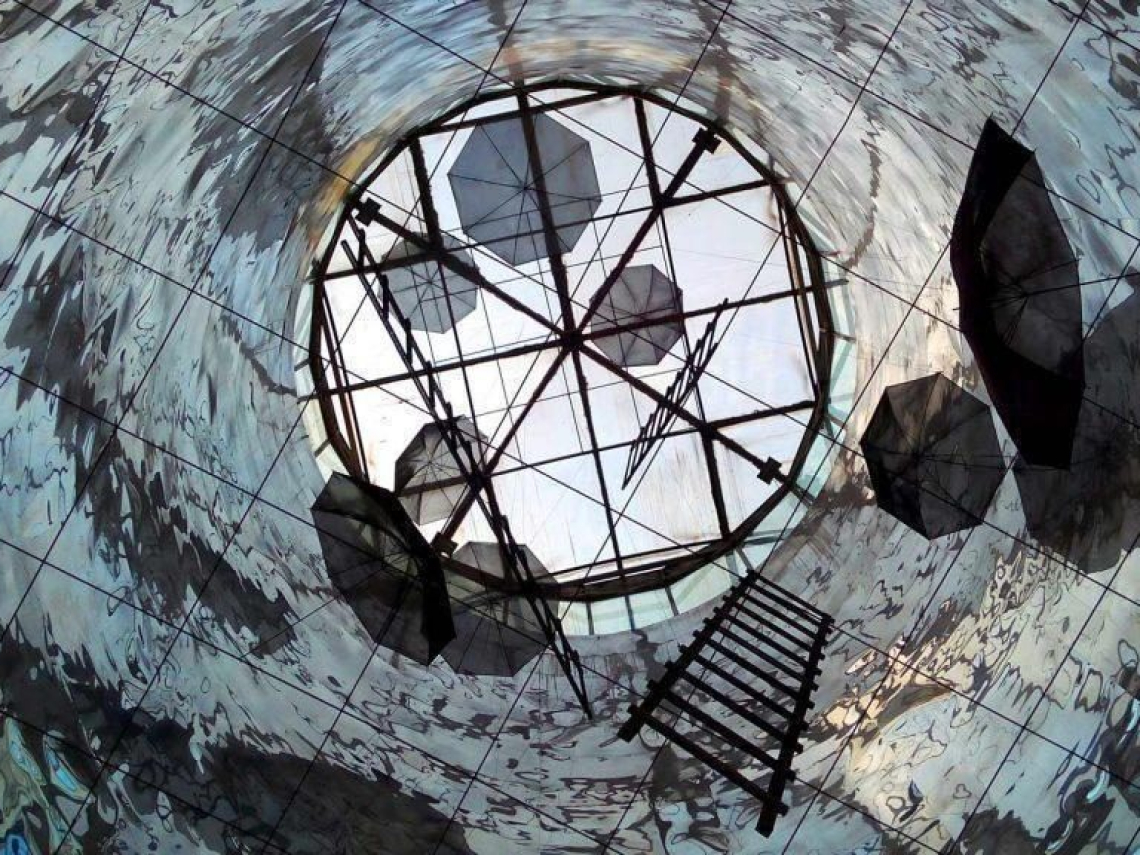Ernst Ziller

Ernst Ziller
Later on, it progressed in an original Greek structure, with the true representative the "Athenian Trilogy" of Panepistimiou Avenue, and some buildings in Plaka as well. Expressive figures of the style that was popular in the rest of Europe were the Danish architects, Theophilus Hansen and Christian Hansen, and the German, Ernst Ziller.
Ernst Ziller (Ernst Moritz Theodor Ziller) was born on June 22nd, 1837, in Serkowitz, Germany and died on November 4th, 1923 in Athens, Greece). He was a Saxon architect who later became a Greek citizen. In the late 19th and early 20th Centuries, Mr. Ziller was a significant designer of royal and municipal buildings in Athens, Patras and other Greek cities.
A wall-to-wall exhibition at the National Gallery casts light on Athens as envisioned by architect Ernst Ziller. Showcasing a wealth of original studies, sketches and blueprints from its own archives, the National Gallery displays the legacy of Ernst in great detail, as well as highlighting countless unfulfilled projects that might have formed part of today's cityscape.
The Hellenic Ministry of Culture documents the following: As a young disciple of the revered Danish architect Theophilus Hansen, Mr. Ziller accepted an intriguing mission from his mentor; Travel to Athens and oversee the construction of the Academy of Sciences and National Library between Eleftherios Venizelos Street and Akadimias Street.
Although he fused various historical influences in his designs, his name became synonymous with an ability to blend the best of western techniques and Neoclassical elegance. Ziller managed to incorporate all styles which were in progress in Europe at that time and placed them in a virtual no-man's land. It was an empty city. International archaeologists were brought in to clean up the 'upper city' around the Parthenon Temple, shoddy shacks squatting on top of the holy rock, probably the only favela Athens ever knew.
Ernst Ziller became friends with these classical academics, observing their work and participating in the documentation of excavations. He would faithfully reproduce ornamental details uncovered at these monuments and later incorporate them in interiors of theatres and private mansions. Later on, he would also become the first excavator of the Panathenaic Stadium, also known as Kallimarmaro.
The decision to establish Athens as Greece's capital was only taken in 1834 by King Ludwig, who wanted to revive the city's ancient cultural patrimony. As Athens had not been liberated from Ottoman rule, the safer Peloponnesian port of Nafplio had served as the capital of free Hellas. Little by little, efforts were made to build Athens as a new city in the traces of European culture.
The rebirth of Athens is inextricably linked with Ziller, who made it his life's work-from his arrival in Athens as a 24-year old in 1861 to his death in September 1923. A collection of 370 letters written by Ziller to Hansen, a selection of which are also on display, along with his memoirs have now been translated by Cassimati and will be published in the near future.
From them, one can draw many parallels between construction projects then and now, with Ziller specifically dismayed by the lack of cost-control on materials and wastage by local workmen. Indeed, Ziller's tenure as Professor of Architecture at the Athens School of Arts was revoked in 1882 because he refused to cover up mounting expenses delaying the completion of the Zappeion building.
Cassimati, however, says that Ernst Ziller possessed the most important of talents of all when it comes to building in Greece: "He was a very funny man, he had a big sense of humor. They called Ziller, no matter whether it was a rich banker or a rich butcher. People who moved up from another class, mostly agrarians who came to Athens and to whom times were good, tried to avoid their past.
Various villas and mansions in Kifissia are a testament to those new lives, as was the Grande Kafeneion (today Neon Kafeneion) on Omonoia Square, which started out as a dairy farmer's shop whose products sold like hot galaktoboureka. Ziller didn't limit himself to the Attican peninsula but accepted assignments from Zakynthos to Syros Island. He built 500, some say even 600 projects, whatever came into his hands. Only about 38 remain standing in Athens today, a leaflet worth of landmarks mapped out in a special National Gallery edition. Seeing the rapid growth of Athens during his lifetime, to which he was a major contributor, Ziller attempted to propose to successive rulers a particular project intended to safeguard a tranquil haven amid the hustle and bustle.
From 1885 up until 1913, ten years before his passing, Ernst Ziller continued to draw up spectacular topographical layouts and designs for Lycabettus Hill as a "Luft-Kurort", a lush green reserve for Athenians to relax and revive their spirits. Ernst Ziller may have been the instigator of the "Anonym-Architektur" which lasted well into the 1930s, but his Athenian legacy may also be in danger of diminishing into the anonymous and unseen.
Ernst Ziller created his family here, married pianist Sofia Doudou and had four children. He loved this country more than Greeks do. He just wanted things done properly. There is no denying that the National Gallery's homage to Ziller is at the same time an affectionate embrace of his work as well as Athens, as it was, as it is, and as it could be.







